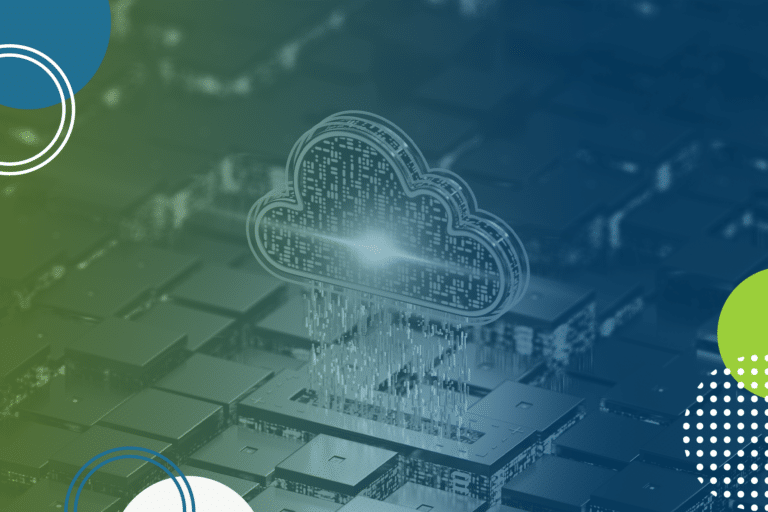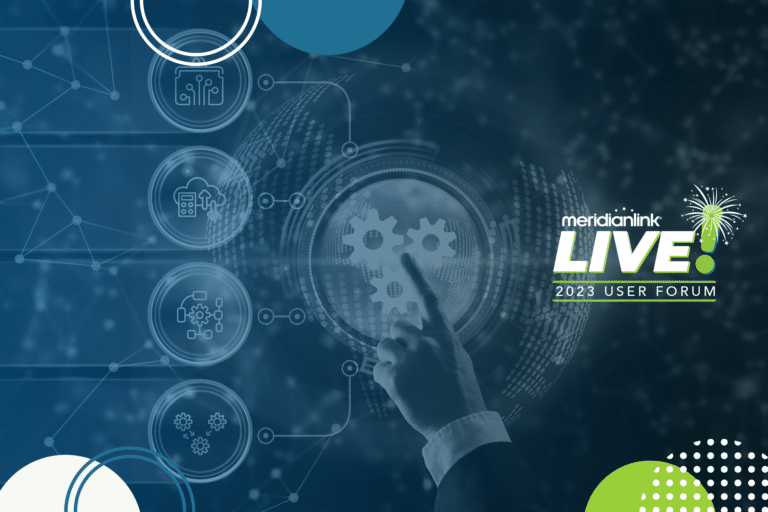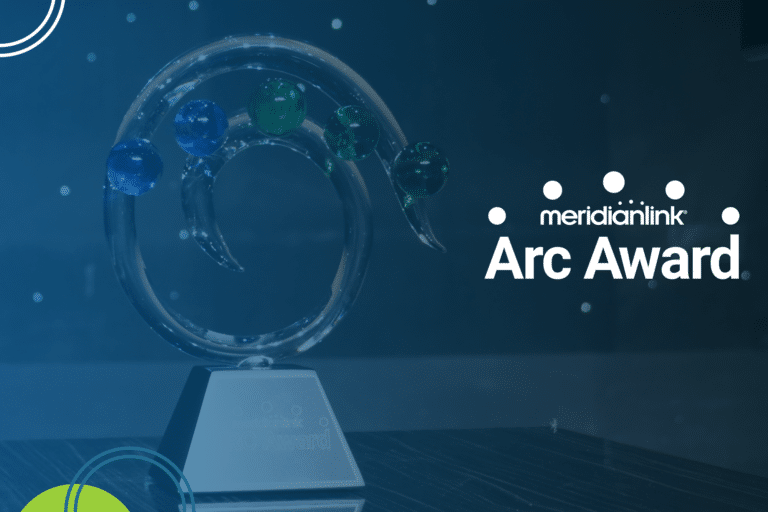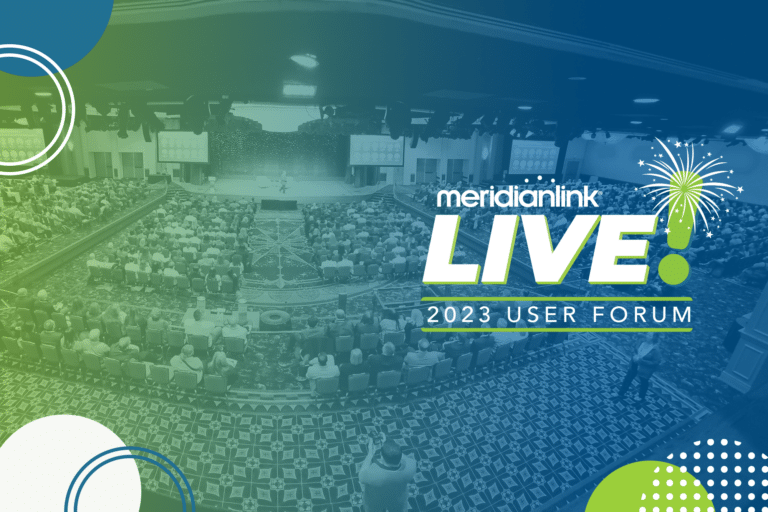The materials available in this article are for informational purposes only and not for the purpose of providing legal advice. You should contact your own advisors with questions regarding the content herein. The opinions expressed in this article are the opinions of the individual authors and may not reflect the opinions of MeridianLink, Inc.
You’ve surely heard the saying, “Every penny counts.” While this might sound like a cliché, it holds a profound truth, especially when it comes to understanding what your mortgage loan origination system (LOS) is really costing you. There’s a chance it’s not delivering the expected ROI, especially when considering the entanglement of multiple vendors and contracts, along with the burdensome overhead of managing an overly complicated solution.
With mortgage rates continuing to hover above levels seen in the recent past and home prices stubbornly remaining elevated, borrowers find themselves forced to allocate hundreds of dollars more to their monthly housing budget. This dynamic places added pressure on mortgage lenders to strike a delicate balance between cost-effectiveness and providing an exceptional borrower experience.
As lenders strive to optimize their processes and offerings to meet these challenges, every decision made must carefully consider both the financial implications and the impact on the borrower’s financial journey. Evaluating how well your LOS supports the unique demands of mortgage lending, alongside the associated costs, is an essential component for consideration.
Assessing total cost of ownership
At first glance, you might be focused on the obvious financial aspects: upfront costs, ongoing maintenance fees, professional services, and potential staff additions. However, these are just the tip of the iceberg when it comes to evaluating the total cost of ownership (TCO).
The goal of your institution, and by extension your mortgage LOS, is to provide borrowers with the ultimate experience—a seamless application journey that keeps them from starting, only to abandon the process due to confusion or frustration. Yet, lurking behind the scenes may be maintenance burdens, resource-intensive tasks, and escalating operational costs, ready to disrupt your operations and hinder your ability to support borrowers effectively. The integration of point solutions from various vendors and the challenges posed by service latency inherent in legacy technology, further exacerbate these issues.
To truly understand the full spectrum of your TCO, it’s essential to broaden your perspective. A holistic examination can expose how increased efficiency, reduced errors, streamlined user workflows, automation, and a seamless borrower experience collectively influence your overall return on investment (ROI).
Imagine a scenario where your LOS empowers your team to work smarter, not harder.
With increased efficiency, tasks that once consumed hours can be completed in a fraction of the time, enabling your team to better engage with borrowers while they handle a higher volume of loan applications. This can translate into significant cost savings as manual processes are automated and errors are minimized, reducing operational expenses. Faster loan processing times and enhanced borrower satisfaction can attract more business, expanding your lending portfolio and capturing a larger market share. And, by offering a streamlined and efficient lending process, you can gain a competitive advantage, solidifying your reputation and attracting borrowers seeking a hassle-free experience.
Now, let’s consider it from the borrower’s perspective.
In this fiercely competitive market, reducing friction in the application process can be the pivotal difference between seizing opportunities or falling behind in the race for borrowers’ attention and trust. By leveraging automated workflows and streamlining the process, not only do borrowers get quicker access to funds, but they also find a smoother path toward their home purchase or refinance.
As the loan application process becomes more streamlined and user-friendly, it alleviates the stress and frustration often associated with securing a mortgage. The enhanced experience, driven by digital convenience and bolstered by clear, timely communication, keeps borrowers informed and engaged—fostering trust and transparency. Your borrowers may even reap the benefits of reduced fees as a result of your heightened efficiency.
All of these factors culminate into a journey where your borrowers can expedite their journey to homeownership, an essential advantage in navigating the highly competitive home purchase market. Which, in turn, can lead to higher levels of satisfaction and generate more referrals for your business.
So, how can you simply measure the true cost of your current mortgage LOS?
Our mortgage LOS impact assessment is the solution. By methodically evaluating each component of your LOS and its impact on your total cost of ownership (TCO), you’ll gain valuable insights into areas primed for improvement and optimization.






